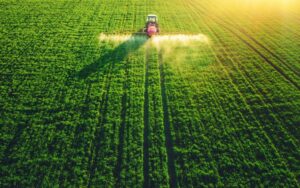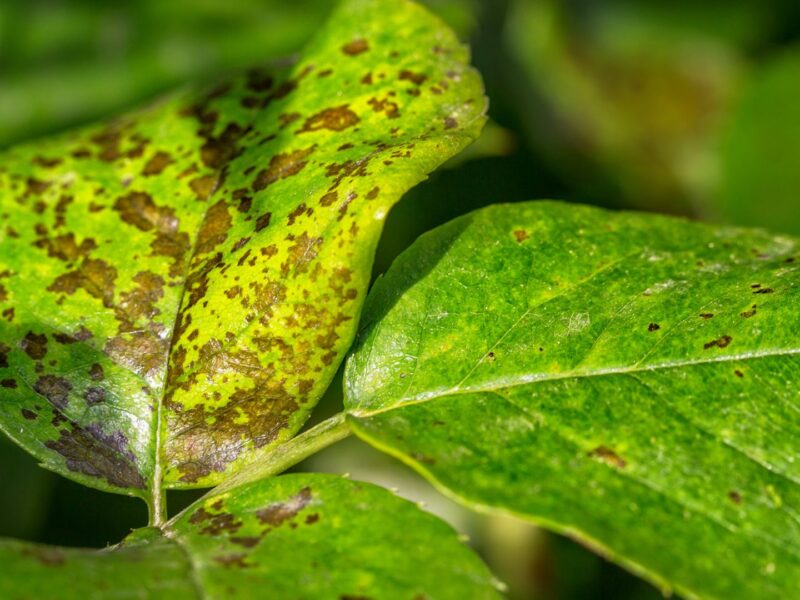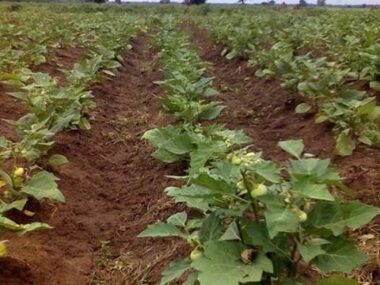Effective pest and disease management is crucial for sustainable agriculture, ensuring high yields, food security, and economic stability. This comprehensive guide delves into various strategies, tools, and techniques for managing agricultural pests and diseases.

1. Introduction to Pest and Disease Management
Definition: Pest and disease management refers to the practice of controlling and preventing pests and diseases that harm crops.
Importance: Effective management is essential to protect crops, maintain yields, and ensure food security.
2. Types of Pests and Diseases
Insects: Aphids, beetles, caterpillars, and more.
Pathogens: Bacteria, viruses, fungi, and nematodes.
Weeds: Competing plants that reduce crop yields.
3. Integrated Pest Management (IPM)
Concept: A sustainable approach combining biological, cultural, physical, and chemical tools.
Principles: Prevention, monitoring, and control.
4. Biological Control Methods
Natural Predators: Ladybugs, lacewings, and predatory mites.
Parasitoids: Wasps and flies that lay eggs in or on pests.
Pathogens: Beneficial fungi, bacteria, and viruses that target pests.
5. Cultural Control Methods
Crop Rotation: Alternating crops to disrupt pest life cycles.
Sanitation: Removing crop residues and weeds to eliminate pest habitats.
Trap Cropping: Planting sacrificial crops to attract pests away from main crops.
6. Physical and Mechanical Control
Barriers: Using nets, row covers, and fences to keep pests away.
Traps: Light traps, pheromone traps, and sticky traps for monitoring and reducing pest populations.
Manual Removal: Hand-picking pests or using mechanical devices to remove them.
7. Chemical Control
Pesticides: Use of synthetic and natural chemicals to control pests.
Herbicides: Chemicals specifically for weed management.
Resistance Management: Rotating pesticides to prevent resistance buildup.
8. Genetic Control
Resistant Varieties: Developing and planting crop varieties resistant to pests and diseases.
Genetically Modified Organisms (GMOs): Crops engineered for pest resistance.
9. Technological Advances
Remote Sensing and Drones: Monitoring crop health and pest activity from the air.
Precision Agriculture: Using data and technology to apply pesticides and fertilizers precisely where needed.
Automated Traps and Sensors: Real-time pest detection and response systems.
10. Case Studies and Success Stories
Example 1: Biological control of aphids in greenhouse tomatoes using predatory insects.
Example 2: Successful implementation of IPM in rice fields to control the brown planthopper.
Example 3: Use of pheromone traps to manage codling moths in apple orchards.
11. Challenges and Limitations
Resistance Development: Overuse of chemicals leading to resistant pest populations.
Environmental Impact: Potential negative effects of pesticides on non-target species and ecosystems.
Economic Constraints: Cost and accessibility of advanced pest management tools for smallholder farmers.
12. Future Directions in Pest and Disease Management
Research and Development: Continuous innovation in biological controls and resistant crop varieties.
Policy and Regulation: Strengthening regulations to ensure safe and effective pest management practices.
Education and Training: Enhancing farmer knowledge and skills through extension services and training programs.
13. Conclusion
Integrated Approach: Emphasizing the need for a holistic and sustainable approach to pest and disease management.
Global Collaboration: Encouraging international cooperation to address transboundary pest and disease issues.
Effective pest and disease management is vital for the sustainability of agriculture. By integrating various strategies and leveraging technological advances, farmers can protect their crops, ensure food security, and maintain ecological balance. Continuous research, innovation, and education are key to overcoming challenges and enhancing the efficacy of pest and disease management practices.










